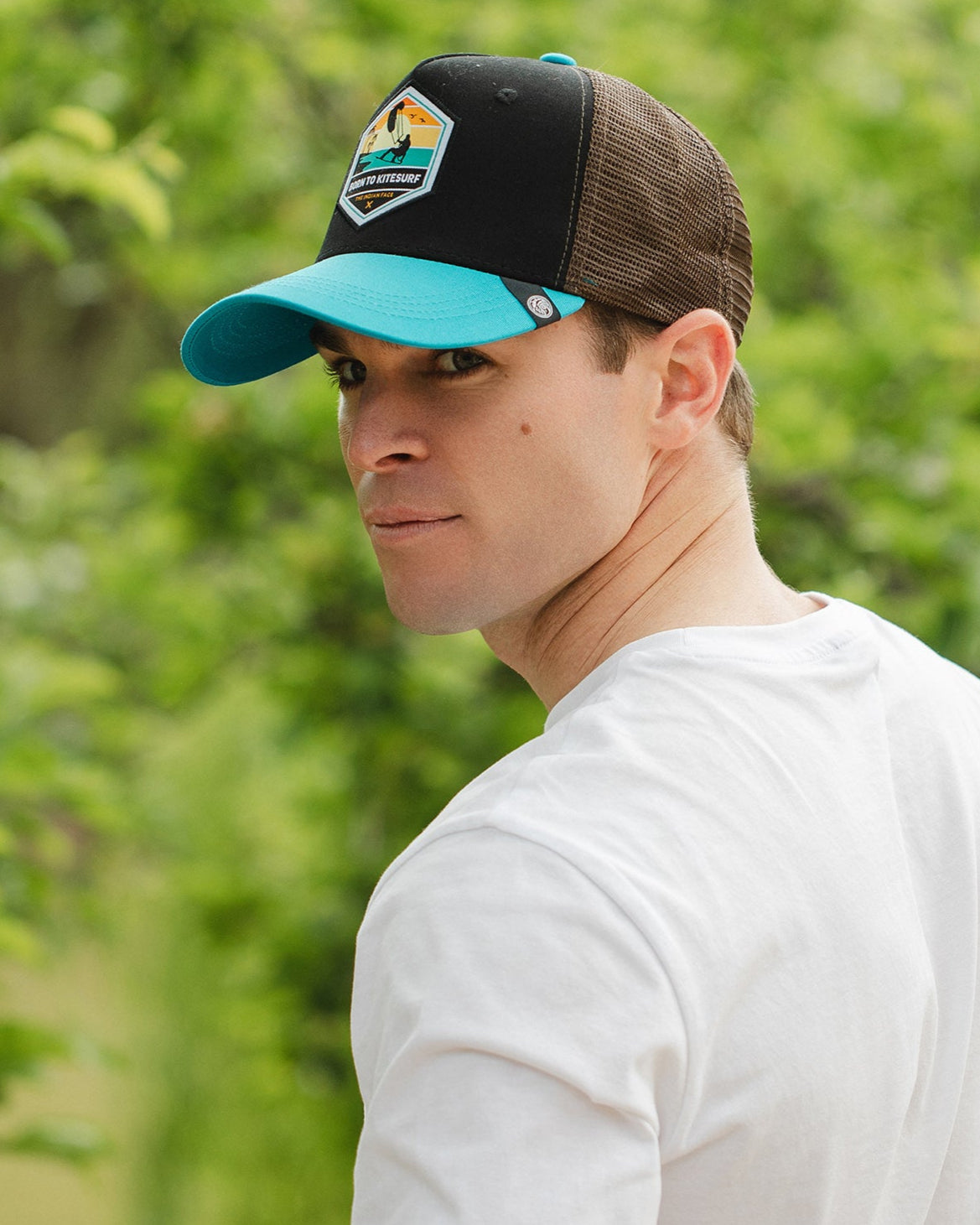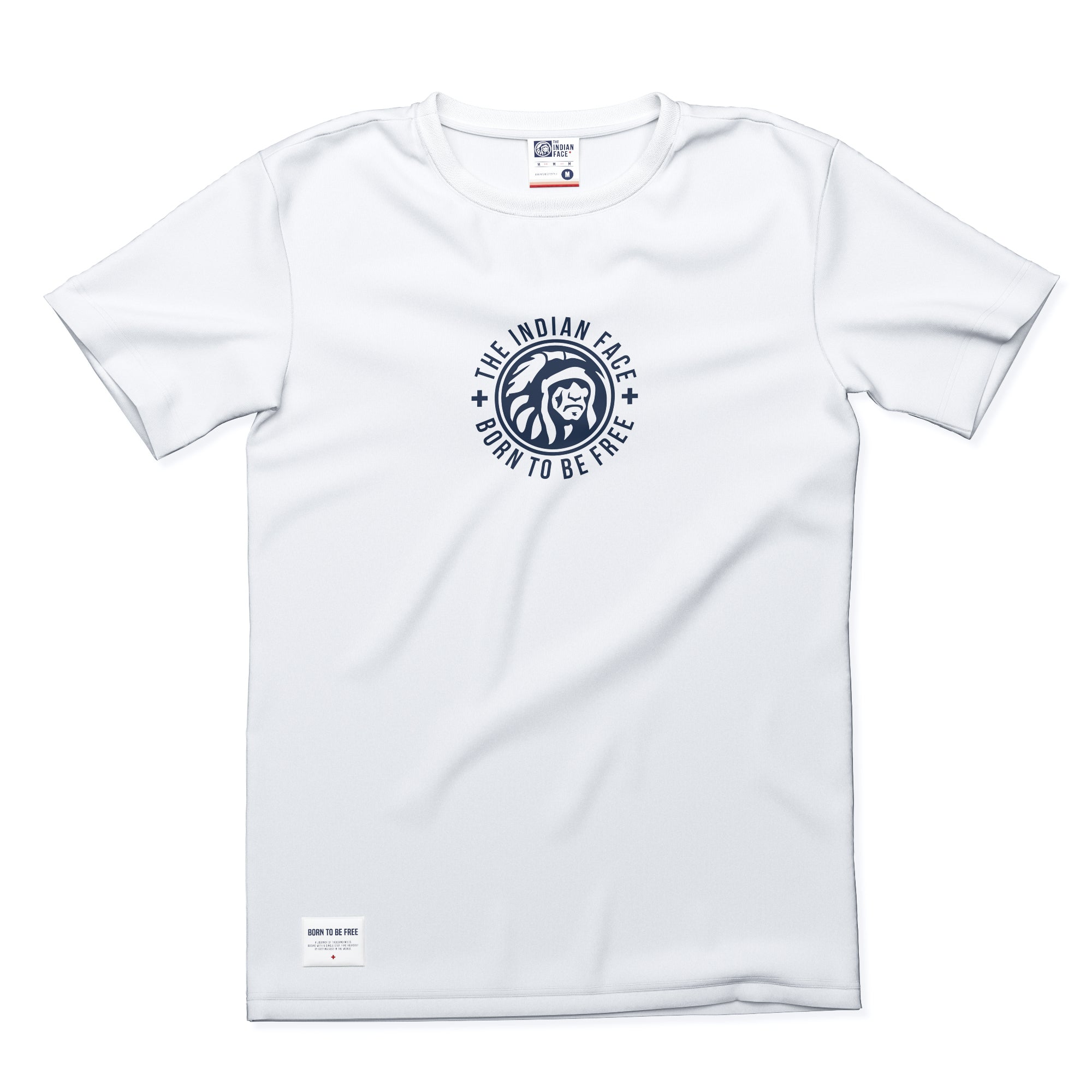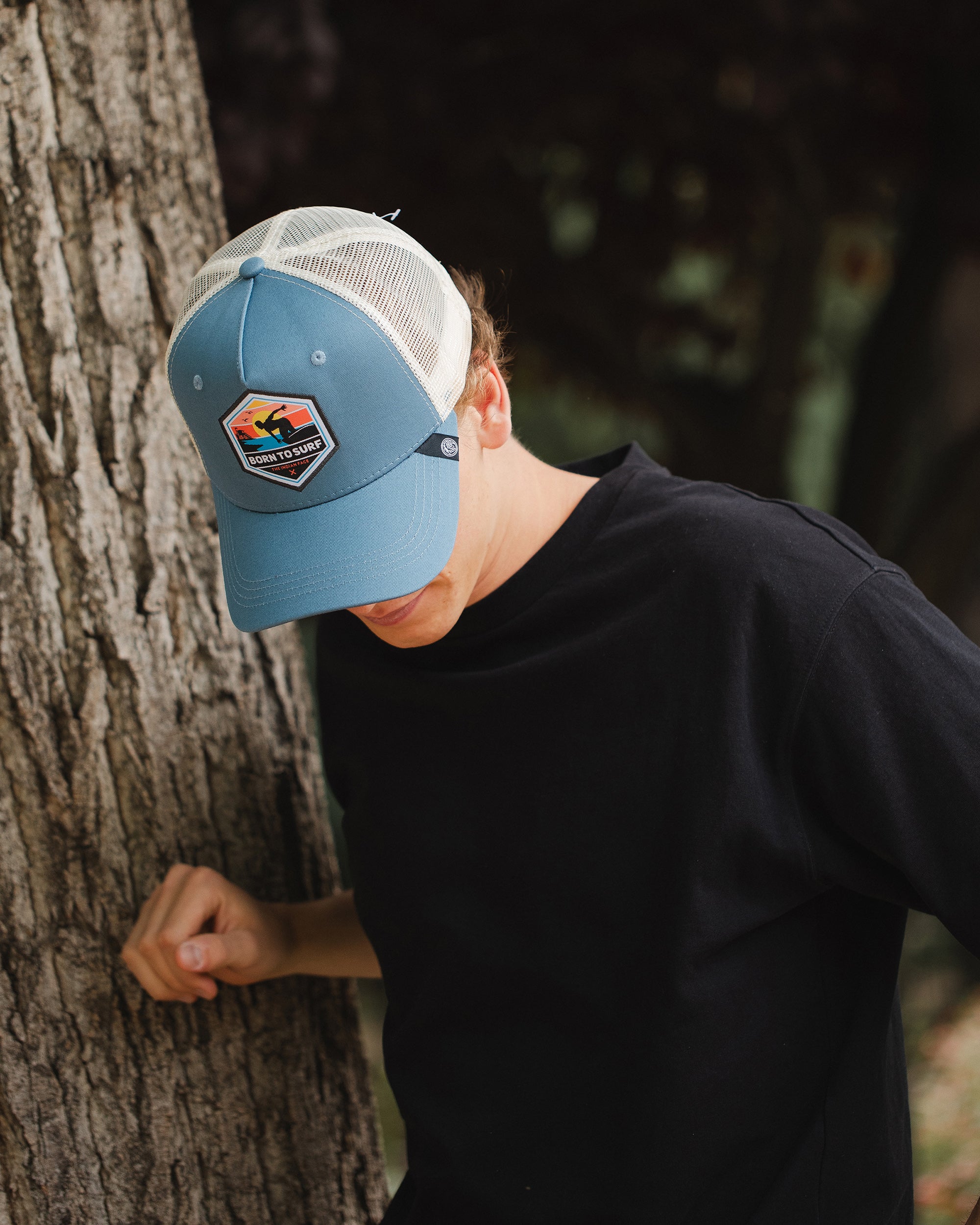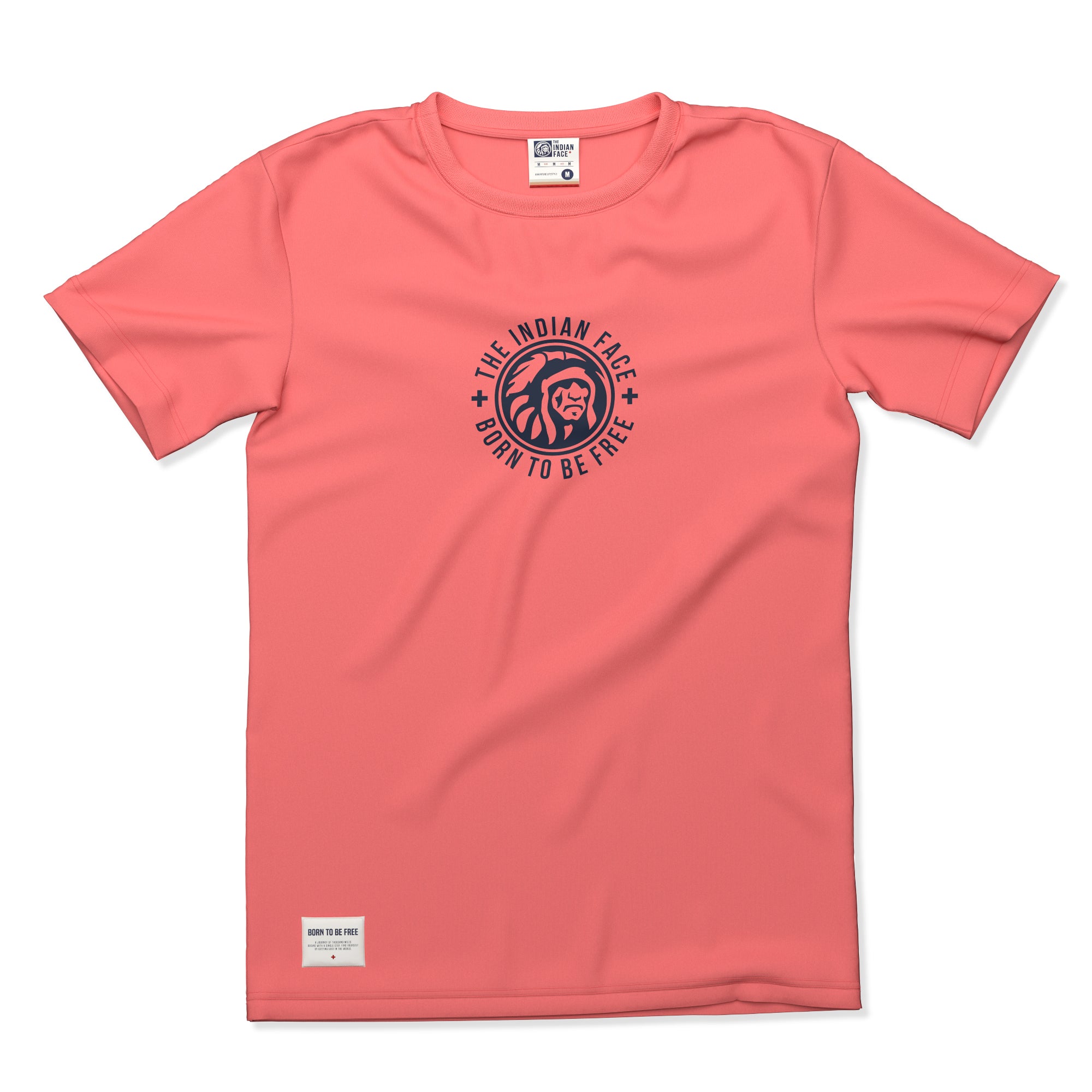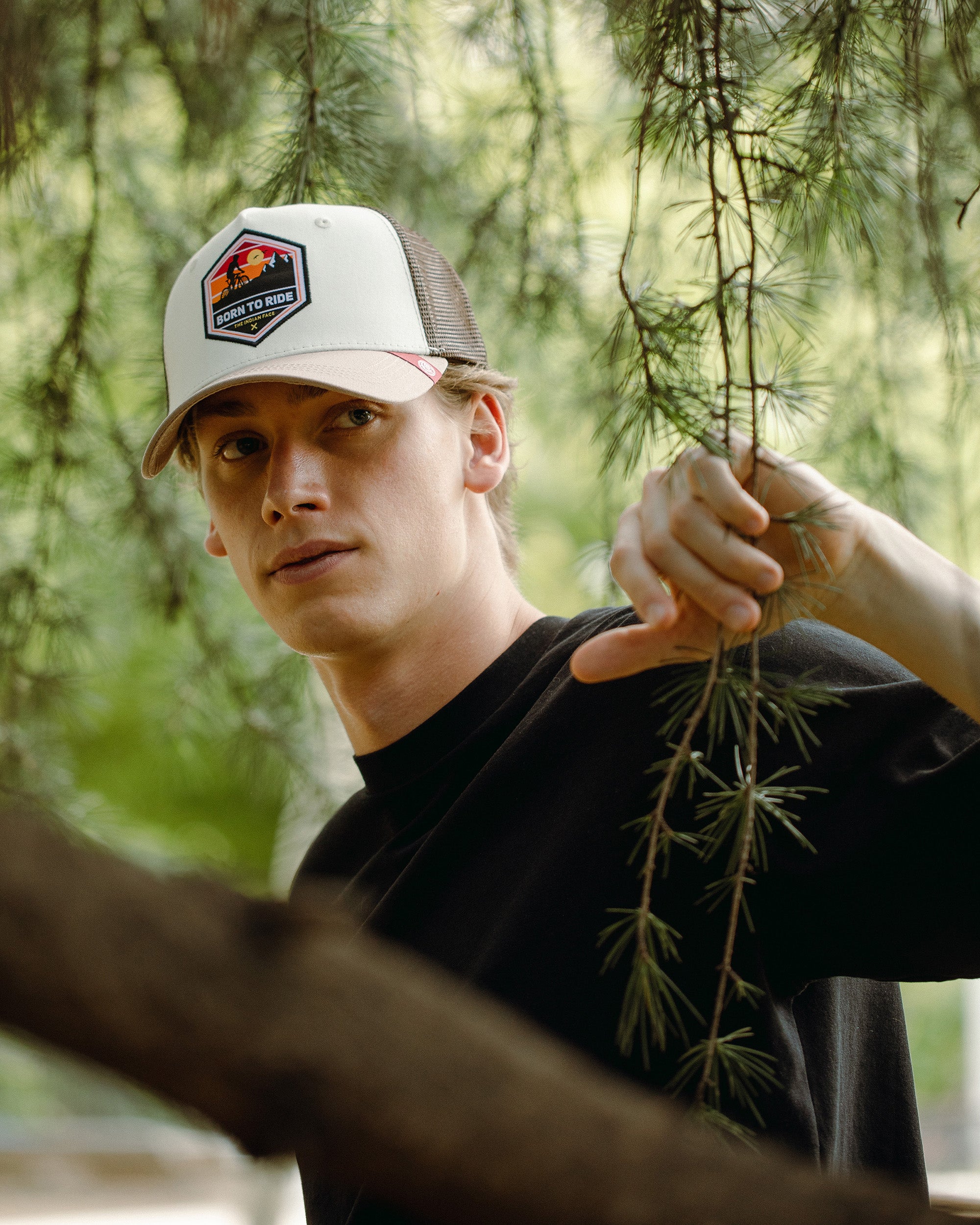It is normal that after a heavy snowfall we, the lovers of winter sports, look at the mountain with the desire for action. But today we want to remind you of the danger that these accumulations of snow pose for skiers or snowboarders and also give you some tips to prevent the danger of avalanches or avalanches. We don't need to tell you how dangerous these natural phenomena are. Be careful and always keep these tips in mind.

You must be familiar with the types of avalanches or avalanches possible
Basically there are three types:
- Dusty Snow
They start spontaneously when the slope of a mountain can no longer support so much powder snow. Especially they can be unleashed during the 24 hours after a snowfall.
- Plaque avalanches
The most unpredictable type of avalanche. Layers of snow that rest on top of others break up and slide over them. They are produced by the wind or also by excess snow load. They are very dangerous.
- Fusion Avalanches
Composed of wet snow, they occur during seasonal changes due to increases in temperature or precipitation. They are the most predictable avalanches: they always occur in the same places due to the same weather conditions.
Learn the European avalanche or avalanche risk scale
There are five levels of avalanche risk according to a European scale that you should know. Learn it because you can thus avoid unnecessary problems and dangerous situations.
Study the terrain where you are going to practice
You must know well the terrain in which you plan to move. Look for areas where you know there are trees, rocks, and other terrain items under the snow that will hold snow well. Also, many avalanches always occur in the same places, learn to avoid them.
Equipment needed
We recommend that you always carry basic rescue equipment with you, consisting of an ARVA, a shovel and a probe. The ARVA is a device that should always be with you, a receiver/transmitter that emits a frequency signal to be able to locate you if you find yourself buried in the snow. The probe reports the depth at which the victim is. In case of an avalanche, you will know where to dig.
Always go accompanied
Go accompanied and keep your distance, so that the same avalanche will not bury the entire team and the rest can react.




